What is a Moravian Lovefeast?
As the early Christians met and broke bread together in token of their fellowship and love, so the members of the Moravian Church family have made it their custom to celebrate special occasions by sharing with friends a simple meal, a “lovefeast.” The name of the service is a literal translation of the New Testament word “agape.” A Lovefeast (not to be confused with Holy Communion) seeks to remove social barriers and strengthen the spirit of unity and goodwill among all people. A Lovefeast, in fact, is a Singstunde which incorporates a simple meal.
The first Lovefeast was served in Germany on August 13th, 1727, following the Renewal of the Moravian Church. Moravians (officially called Unitas Fratrum or Unity of the Brethren) are spiritual descendants of the Czech reformer Jan Hus, who was martyred in 1415. Their orderly and rich ecclesiastical life was very nearly smothered by the Counter-reformation and the Thirty Years War (1618-48). But within five years of the Renewal, Moravians were sending missionaries around the world – including North America in 1735. Permanent settlements were established in Pennsylvania (Bethlehem 1741), North Carolina (Bethabara 1753 and Salem 1766) and elsewhere. The Lovefeast is a simple meal shared in a spirit of reverence and joy that Christ is present in our lives. The actual food and drink may vary considerably; in the Caribbean you may drink tea, in Africa you may eat peanuts. In America the traditional Lovefeast consists of a sweetened bun and coffee – but it could be a cookie and juice as well. Those who serve the meal are called Dieners, which is German for “server.” The manner of serving may also vary – except that all wait until all have been served and the Pastor has asked the Blessing. Some congregations listen to the choir sign hymns and anthems while they enjoy the Lovefeast meal; in other congregations, people speak quietly with their neighbors about their spiritual journey. For 270 years the Lovefeast has maintained its dignity and grace, and is used by quite a few other demominations to celebrate appropriate events.
Odes, Orders of Service, Bulletins, Programs, etc. (send us an email for many more examples or advice)
- General Lovefeast outline
- Stewardship Lovefeast example
- Mission Lovefeast example
- Lovefeast example from Winter Park FL
- Singstunde: The Lord’s Prayer
- Singstunde: Celebrating the Essentials of the Moravian Faith
- Resources for the Moravian Church may be found HERE.
How to Hold a Moravian Lovefeast
(Condensed from the article of the same title by James Boeringer in the Winter 1981 issue of the Moravian Music Journal)
We receive many inquiries from members of many different denominations about how to carry out a lovefeast. Dr. James Boeringer, director of the MMF from 1980-84, put together this information as a guide to those who are interested in holding a lovefeast.
The requisites for all lovefeasts are traditional simplicity and coherence. It is not a time for musical showing off, but for musical devotion, excellently and sensitively performed, with all of the texts strung together so as to deliver a message about God. Thoughtfully planned and carried out without self-consciousness, the Lovefeast can be one of the warmest communal experiences available to people. So here follow some plain and easy instructions about how to make one. Plan carefully, prepare and practice assiduously, and then relax and let the Spirit take over.
Words and Music
The Moravian lovefeast is a service of song at which a simple meal is severed to the congregation. This meal, usually a bun and coffee, is an act of fellowship. It is not a sacrament, nor a substitute for Communion.
The Lovefeast, begun by the Moravians in 1727, is a revival of the Agape of the early Christian Church. The service spread with the church throughout the world, and remains an important part of Moravian religious ritual.
Almost any special occasion is appropriate for a lovefeast. In the 18th and 19th centuries, they were held as many as fifty or more times a year to celebrate important festival days, to honor distinguished guests, to recognize milestones, to bid a last farewell to neighbors moving away, or to bind the church community into a spiritual unity when this need was felt. Today the Moravian Church holds fewer lovefeasts, but they were presented on similar occasions.
The ode, or text, of the lovefeast consists of individual stanzas or whole hymns chosen to carry forward a particular idea. For example, if the purpose of the lovefeast is to recognize the work of missionaries, hymns relating to mission work are coherently arranged. The hymn stanzas to be sung by the congregation are compiled and printed in a special leaflet which is given to each person. If the tunes are not well-known, the tunes are also printed.
The organist assures a continuous succession of hymns, moving smoothly from one to the other.
The choir sings at least one anthem of sufficient length to last during the time it takes for the congregation to eat a bun and drink a mug of coffee, i.e., five to ten minutes. Anthems may be used at other places during the service. The words to the anthems in the ode may also be printed so that the congregation can read them as the choir sings them. (Make sure you have the proper copyright permissions before printing words to any hymns or anthems!)
Ideally, to be a Moravian lovefeast, the hymns, chorales, and anthems should be Moravian, but other churches adapt their characteristic music to the framework. The key to fostering the appropriate spirit is simplicity.
Serving
In the Moravian Church there is a special corps of servers called “Dieners” (German for serve), whose responsibility it is to distribute the buns and mugs of coffee, prepared well in advance so that there is no interruption to the flow of service.
Buns are passed along the pews in baskets, each person taking a bun and passing the basket on. The mugs of coffee are carried on a tray and passed hand to hand by the occupants of the pews. Usually men carry the trays while women take care of passing the mugs to the pew occupants.
All of the serving activity, and the collecting of the mugs after the partaking, take place while the hymns are being sung. In a well-run lovefeast, the buns and coffee are distributed almost without being noticed by most of the congregation.
When the whole congregation has been served, a grace is prayed in unison. Traditionally the American Moravian Church prays “the Moravian grace”:
“Come, Lord Jesus, our guest to be
And bless these gifts bestowed by Thee. Amen”
While the choir sings an anthem, the congregation partakes of the lovefeast. This is done reverently, without hurry, and with an understanding on the part of the congregation of the significance of the activity: that in breaking bread together, we share a spiritual fellowship.
When the meal has been finished, the members of the congregation pass the mugs from hand to hand to the aisle, where the servers collect them, and carry them without interrupting the service to an anteroom. Then the servers may again join the congregation. The song service may continue after the meal for any length of time determined beforehand. If there is to be a collection, an address, or other activity, it usually occurs after the meal. At Christmas in most Moravian churches, lighted candles are distributed to the congregation after the meal. If this is done, this distribution is similar to the passing of the mugs of coffee.
Supplies and Accessories
The lovefeast meal is simple, and elaborate trappings are not needed. The usual food is a sweetened bun, sometimes placed on a paper napkin. Although any kind of pastry can be used if it does not produce dust, crumbs, or stickiness.
Coffee is now used as the drink at lovefeasts, but tea used to be served (an is still used in some places in Europe), and many other drinks can be used, from water to sangaree (a mixture of red wine or vinegar and water with sugar and spices).
Trays and baskets are used to serve the coffee and buns, and the Dieners sometimes wear special uniforms, the women in white with a white doily on the head, and the men with a long white apron wrapped about them.
Conclusion
The lovefeast is a simple, devout service which has had a great significance for Moravian for over two and a half centuries. In recent years other denominations have presented lovefeasts with success, many members of these churches discovering that the service can be deeply rewarding and meaningful. Much of the success of the lovefeast depends upon establishing and maintaining the air of devotion and dignity, which makes the unusual activity of “eating in church” not only acceptable but also significant. This is done through the choir of music; by the example set by the minister, choir members, servers, and leaders of the congregation; by the quiet efficient serving of the meal; and by impressing upon the congregation that the lovefeast is as much an act of worship as the regular Sunday service. If the lovefeast is entered into in such a spirit, it cannot fail to move the participant with its solemn dignity and spirit of fellowship.
We welcome inquiries concerning the lovefeast and Moravian music, and appreciates receiving copies of new lovefeast odes. Moravian anthems are available for loan from the Southern Province Lending Library
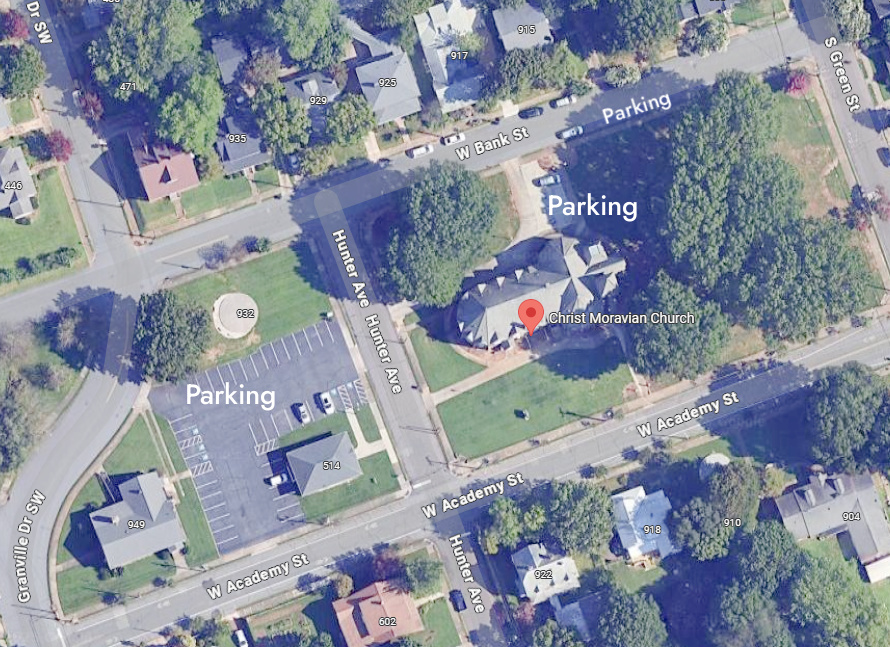
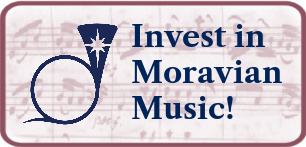

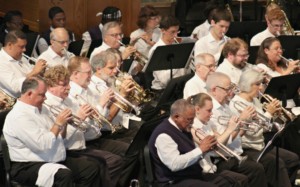
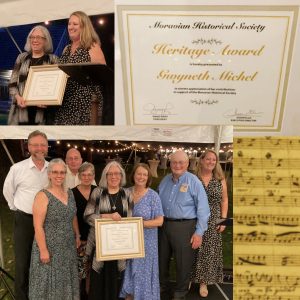
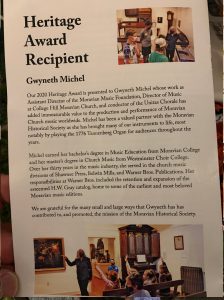
I grew up in the Moravian Faith at Hopewell Moravian Church located
in Winston Salem, NC! I recall our family observing the Love Feast at Hopewell church many times in my youth! I came to know my savior Jesus Christ through my early years in church! Praise be to God! Amen! ?